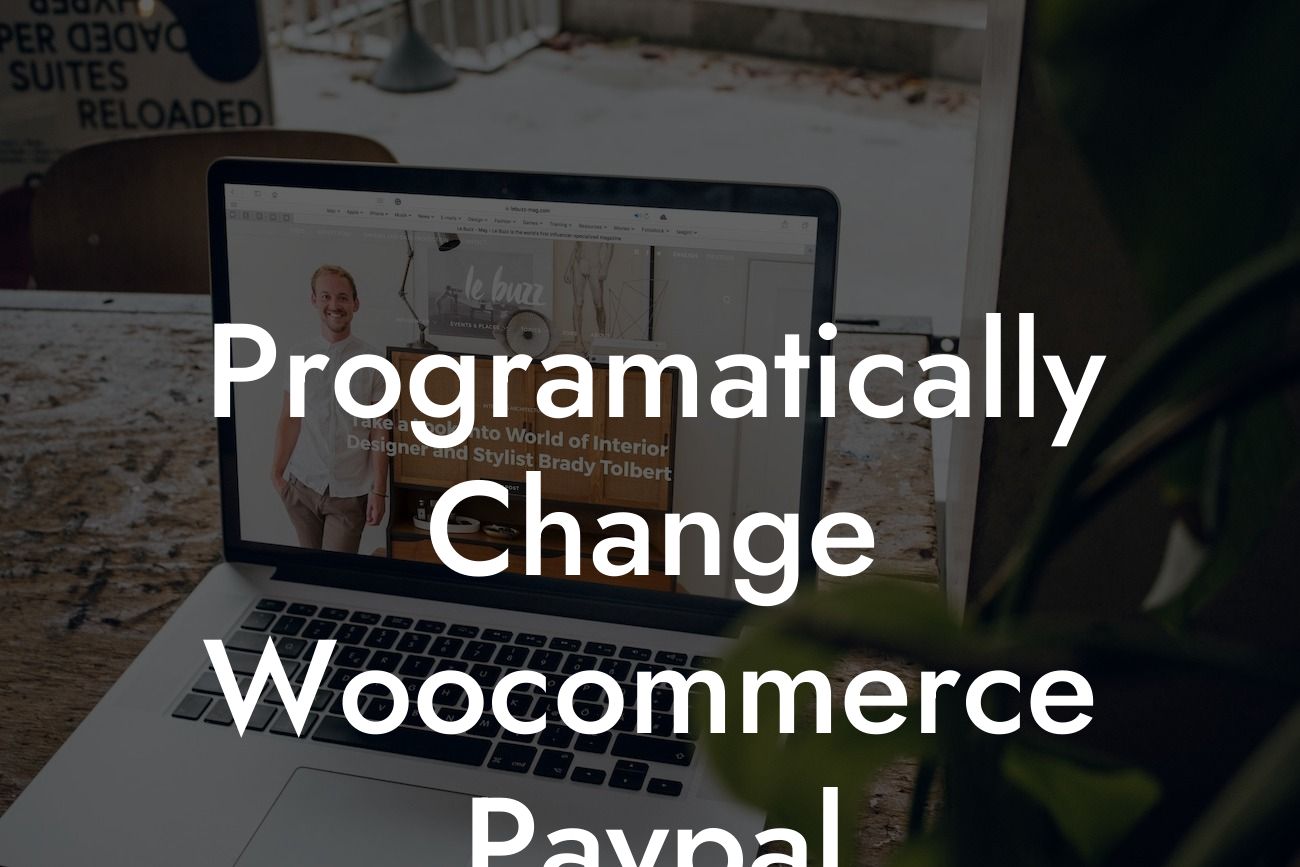Is your WooCommerce store using PayPal as the default payment gateway? While PayPal is a popular choice for many businesses, you may want to customize and optimize its settings to suit your online store's needs. In this guide, we'll take you through the step-by-step process of programmatically changing your WooCommerce PayPal settings, ensuring a seamless and personalized payment experience for your customers.
H2: Understanding WooCommerce PayPal Integration
WooCommerce, a leading e-commerce platform for WordPress, offers a seamless integration with PayPal – a trusted and widely-used payment gateway. By default, WooCommerce provides several PayPal options, including PayPal Standard, PayPal Express Checkout, and PayPal Payments Pro. However, these options may not align with your website's specific requirements or branding.
H3: Identifying the Need for Customization
Before diving into the technical aspects of programmatically changing your WooCommerce PayPal settings, it's essential to understand why customization might be necessary. Here are a few common scenarios where customization can greatly benefit your online store:
Looking For a Custom QuickBook Integration?
1. Customizing Payment Flow: If you want to streamline and simplify the payment process, customizing PayPal options can improve user experience and increase conversion rates.
2. Enhancing Branding: Customizing the checkout page with your brand's identity, logo, and colors can boost brand recognition and establish a professional online presence.
3. Adding Additional Security Measures: By incorporating extra security layers, such as Fraud Protection or Buyer Verification, you can protect your customers and mitigate potential risks.
H3: Programmatically Changing WooCommerce PayPal Settings
Here is a step-by-step guide on how to programmatically change your WooCommerce PayPal settings:
1. Accessing the Theme Files: Start by navigating to your WordPress theme's folder and locate the WooCommerce template files responsible for handling PayPal integration.
2. Modifying PayPal Files: Make the necessary changes in the appropriate template file(s) to customize your PayPal settings. For example, you can edit the HTML code for the checkout page, modify the PayPal logo or add additional fields for user information.
3. Implementing Payment Gateways API: Leverage WooCommerce's built-in Payment Gateways API to integrate the custom modifications and ensure a smooth checkout process.
Programatically Change Woocommerce Paypal Example:
Suppose you want to change the appearance of your PayPal checkout page to match your brand's aesthetics. By accessing WooCommerce's template file named "paypal.php," you can easily modify the HTML and CSS code to customize the layout, colors, and logo. You can also add custom fields to collect additional information from your customers during the checkout process, enhancing the overall user experience.
Congratulations! You have successfully learned how to programmatically change your WooCommerce PayPal settings. By customizing your payment gateway, you can provide a personalized payment experience that aligns with your brand and website requirements. Explore other informative guides and discover DamnWoo's powerful WordPress plugins to elevate your online presence and drive impressive success. Don't forget to share this article with others who may find it helpful in supercharging their WooCommerce store.












